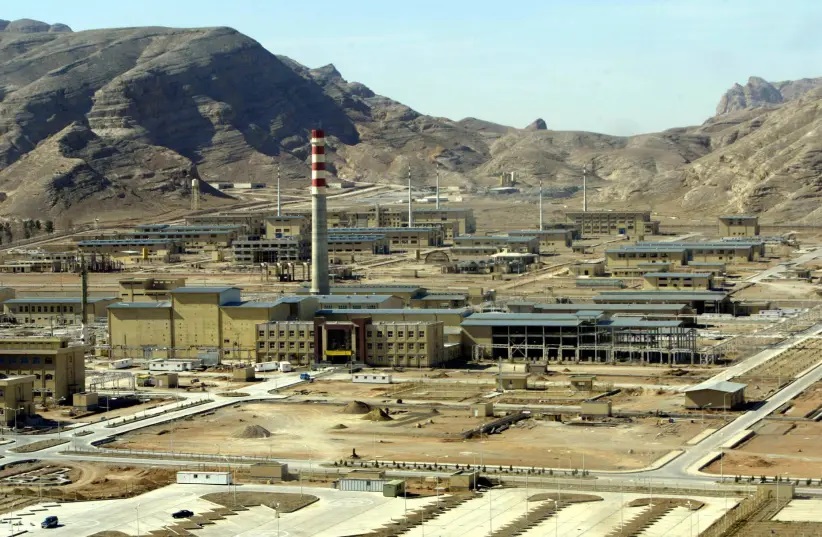Already a subscriber? Make sure to log into your account before viewing this content. You can access your account by hitting the “login” button on the top right corner. Still unable to see the content after signing in? Make sure your card on file is up-to-date.
According to The Wall Street Journal, citing an internal document from the Office of the United States Director of National Intelligence (DNI), Iran has accumulated enough fissile material to produce more than a dozen nuclear weapons.
What’s the deal: In addition to warning that Iran has accumulated enough fissile material to construct more than a dozen nuclear weapons, the DNI report revealed that Tehran’s stockpiles of 20% and 60% enriched uranium significantly exceed civilian needs, raising concerns about potential military use. This has raised concerns among the US and other Western allies that Iran could move to create a nuclear weapon.

The report also detailed Iran’s advancements in nuclear infrastructure and ballistic missile technology, which some argue may have come from Russia in exchange for military drone sales from Iran to support Russia’s war in Ukraine.
Ongoing talks: This comes as Iranian officials have engaged with European counterparts but refused to accept new measures to curtail their nuclear activities. The main sticking point is their demand for the immediate removal of all sanctions as a condition for any nuclear agreement. On the other hand, the US has indicated a willingness to lift sanctions in phases, not all at once.
Two views in one: Iran has long maintained that its nuclear program is solely for peaceful purposes, such as generating electricity and supporting medical research. However, critics point to several factors, including its history of secretly developing nuclear facilities, such as the Fordow and Natanz enrichment sites, which were revealed only after international pressure. Additionally, Iran’s enrichment of uranium to levels far beyond what is necessary for civilian purposes, coupled with its resistance to comprehensive inspections by the International Atomic Energy Agency (IAEA), raises concerns.






